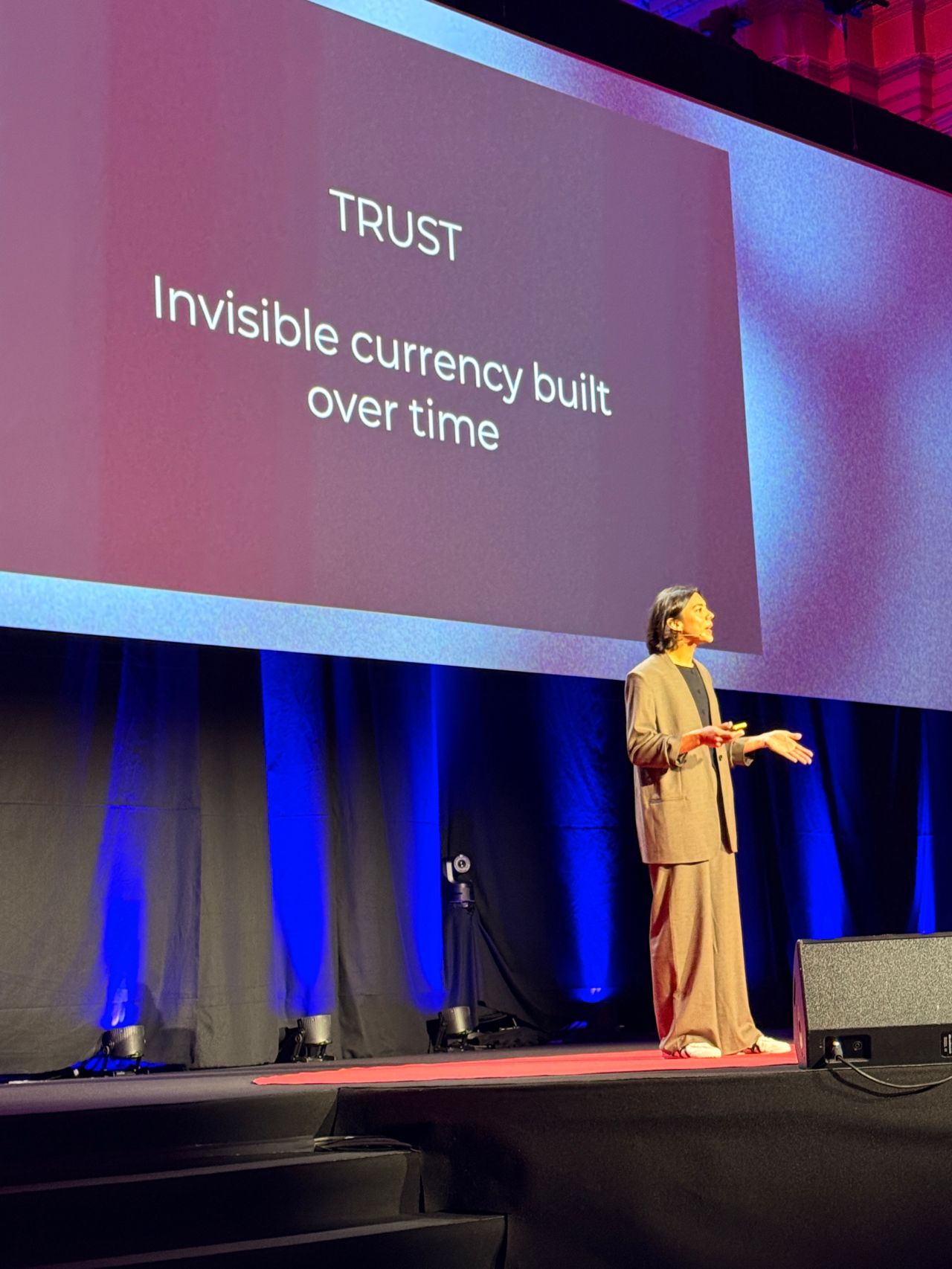The Strategic Paradox: Invest Only to Test for Failure and Avoid Ruin.
There is a place where the most brilliant AI strategies go to die. It’s not the boardroom; it’s the implementation phase.
I have seen this firsthand many times. As a consultant, we can design use cases that promise a clear Return on Investment (ROI). However, the project freezes at the most critical stage: Custom Development.
The Real Fear of the SME Director
Put yourself in the director’s shoes:
You have a great idea, and the technical team gives you a budget: €80,000 and six months of work.
Immediately, the big question arises: “What if a new feature from ChatGPT or Microsoft comes out in four months that does the exact same thing I’m developing, but for €50 a month? Will I have wasted €80,000?”
Here is the true barrier: The speed at which AI technology advances today is so brutal that the fear of a costly solution becoming obsolete before it’s even amortized is an automatic handbrake on leadership. The fear of high cost for a short-lived solution is the true killer of AI innovation.
The Solution: Bet to Kill (Or Win)
My consultancy methodology, based in Mallorca, reverses this risk for my clients. The key is the thesis of this article: Learn how to kill AI initiatives.
The strategic “death” is, in fact, a success. It consists of placing a small, calculated bet that allows you to quickly prove—or disprove—the concept’s value.
How does this paradox work?
The “bet” is your minimal investment (like my Fixed-Price Strategic Package) that guarantees two things:
- “Zero Value” Analysis: We identify what percentage of your problem can be solved with existing, low-cost tools (GPT, low-cost licenses) before writing a single line of custom code.
- Rapid Testing: We focus on surgical solutions that allow you to prove the value of the concept in 30 days, not 6 months.
If the value is not proven within those 30 days, we kill the initiative immediately, with minimal loss. You have strategically succeeded by avoiding a massive failure. If the value is proven, you have the certainty and the plan to continue investing at scale.
So, before asking: “How much will this tool cost to build?”, the correct strategic question is: “How quickly and with what existing tools can we demonstrate the value of this idea before the technology shifts, and with what risk to my pocket?”
